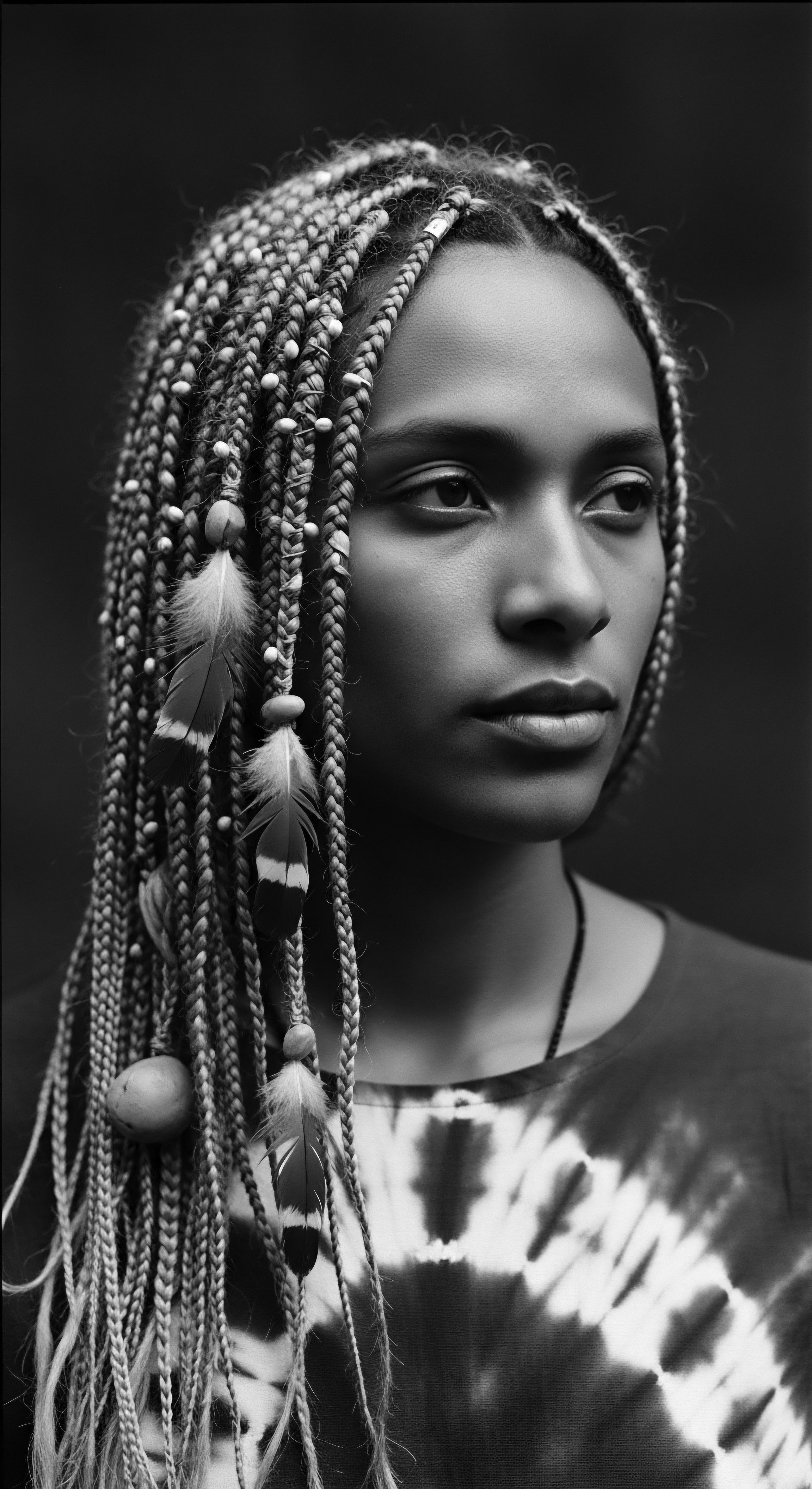
How did ancient dyes nourish textured hair?
Ancient plant dyes offered textured hair profound nourishment, strengthening strands and balancing the scalp through ancestral botanical wisdom.

In what ways do ancient Egyptian hair coloring rituals connect to contemporary textured hair heritage?
Ancient Egyptian hair coloring rituals connect to contemporary textured hair heritage through shared natural ingredients and the deep cultural meaning of hair.

Were ancient hair dyes safe for textured hair?
Ancient hair dye safety for textured hair depended on ingredients; natural compounds were often beneficial, while metallic dyes held risks, profoundly shaping heritage.

What was the cultural significance of ancient hair coloring practices for textured hair?
Ancient hair coloring for textured hair was a deeply cultural act, reflecting status, spiritual beliefs, and communal identity across generations.

How did ancient Egyptians color their textured hair?
Ancient Egyptians colored textured hair primarily with henna, a natural plant dye, using oils and fats for application and conditioning.

How did ancient cultures color textured hair?
Ancient cultures colored textured hair using natural pigments from plants and minerals, emphasizing heritage, status, and protection.

How did ancient dyes protect hair in heritage communities?
Ancient dyes safeguarded textured hair through natural coatings, sun protection, and a holistic approach to ancestral wellness.

Roman Period Aesthetics
Meaning ❉ Roman Period Aesthetics signifies ancient Roman beauty and grooming ideals, particularly hair's role in conveying social status and cultural identity.

Ancient Dyes
Meaning ❉ Ancient Dyes are natural pigments from plants and minerals, used historically to color hair, embodying deep cultural and ancestral significance for textured hair.

